In the past months, I have been collaborating with the University of Naples Parthenope, and in particular with pedagogy Professor Maria Luisa Iavarone and PhD candidate Ferdinando Ivano Ambra.
We have been working on a conference paper that covers the recent results of the S.M.A.R.T. questionnaire. A questionnaire developed in Italy to look at different aspects of human behaviour (including eating habits, sleeping patterns, relationships, and use of technologies) in the young population.
The abstract was successfully accepted and presented at the 2nd Conference on Well-being in Education Systems. I have asked Ivano to tell us a little bit about the journey he had.
From the 12th to the 15th of November I was in Locarno (Switzerland) to present the results of the research titled “The impact of sport training on healthy behaviour in a group of 108 adolescents: a pilot study using the S.M.A.R.T. questionnaire” at the “2nd Conference on Well-being in Education Systems”.
The University of Applied Sciences and Arts of Italian Switzerland (SUPSI) organised a very informative conference, giving to all the attenders enough information and materials to follow all three days of presentations.
The aim of the conference was innovation in education and psychology fields. I found of particular interest the work about emotional intelligence and creativity presented by Professor Brandao de Souza and Professor Pasini. I also found very stimulating the symposium of Professor Noto from the University of Padova who discussed the education systems and how it applies to the work-environment in an inclusive way.
The posters session as well offered food for thought, such as the research of Professor Iorio and Professor Ambrosetti on students perception of teachers’ burnout.
During the social event I had the chance to meet the other lecturers part of the scientific panel of the conference: Prof. Castelli, Prof. Marcionetti, Prof. Plata, Dr Ambrosetti and the director of the Center of innovation and Research on Education System (CIRSE) Prof. Egloff.
I am grateful to have had the chance to participate in the conference. It was an occasion of professional growth and personal improvement.
If you want to read the paper submitted, it is now fully available on ResearchGate
If you want to discuss the findings with Ivano or the other members of the project, follow the links below
 |
PhD candidate Ferdinando I. Ambra
ivano.ambra@uniparthenope.it
|
|

|
Professor Maria L. Iavarone
marialuisa.iavarone@uniparthenope.it
|
 |
Dr Francesco V. Ferraro
fferraro@bournemouth.ac.uk
|
Thank you for your attention,
Dr Ferraro
fferraro@bournemouth.ac.uk
www.ferrarotrainer.com
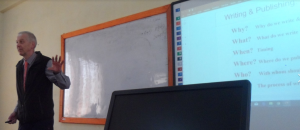 Last week FHSS’s Prof. Edwin van Teijlingen held a workshop on ‘academic publishing and writing’ with BU Visiting Professor Padam Simkhada. This event took place at Tribhuvan University, Nepal’s oldest and largest university. The capacity building workshop was organised by HEAN and the Health and Population Education Department at the Central Department of Education at Tribhuvan University. The local charity Green Tara Nepal acted as a facilitator. Bournemouth University has been collaborating with Green Tara Nepal for over a decade!
Last week FHSS’s Prof. Edwin van Teijlingen held a workshop on ‘academic publishing and writing’ with BU Visiting Professor Padam Simkhada. This event took place at Tribhuvan University, Nepal’s oldest and largest university. The capacity building workshop was organised by HEAN and the Health and Population Education Department at the Central Department of Education at Tribhuvan University. The local charity Green Tara Nepal acted as a facilitator. Bournemouth University has been collaborating with Green Tara Nepal for over a decade! This capacity building workshop is part of Bournemouth University’s GCRF-funded project called “Sheetal Asthitva” covering India and Nepal. Sheetal Asthitva is the brain child of Dr. Shanti Shanker in the Department of Psychology.
This capacity building workshop is part of Bournemouth University’s GCRF-funded project called “Sheetal Asthitva” covering India and Nepal. Sheetal Asthitva is the brain child of Dr. Shanti Shanker in the Department of Psychology.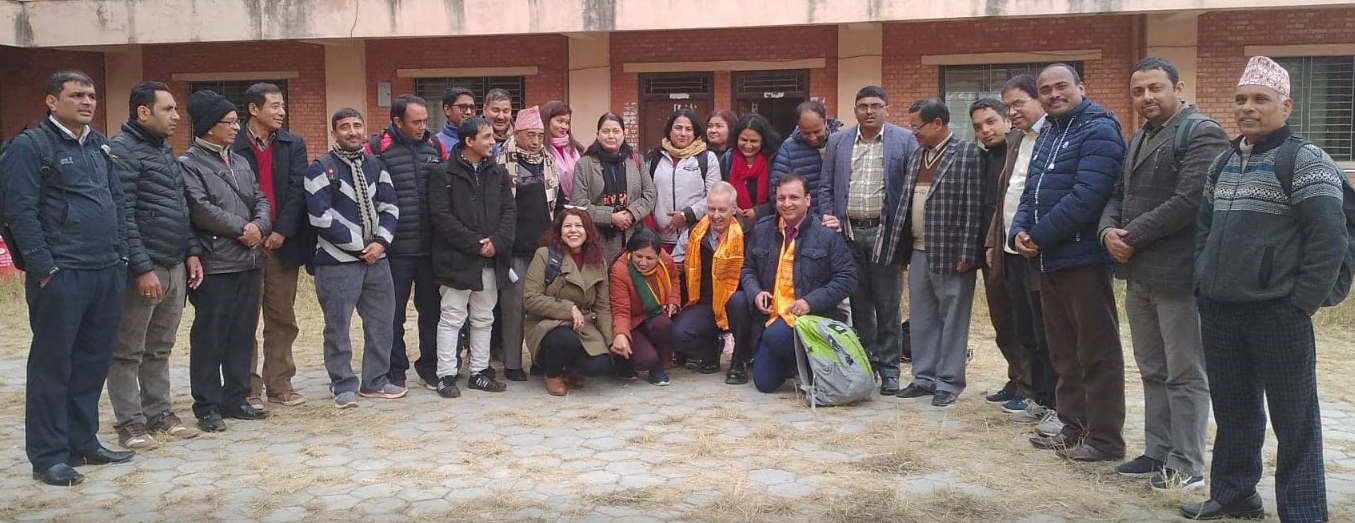




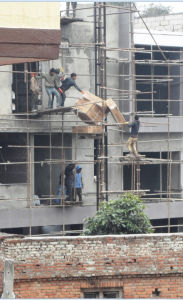
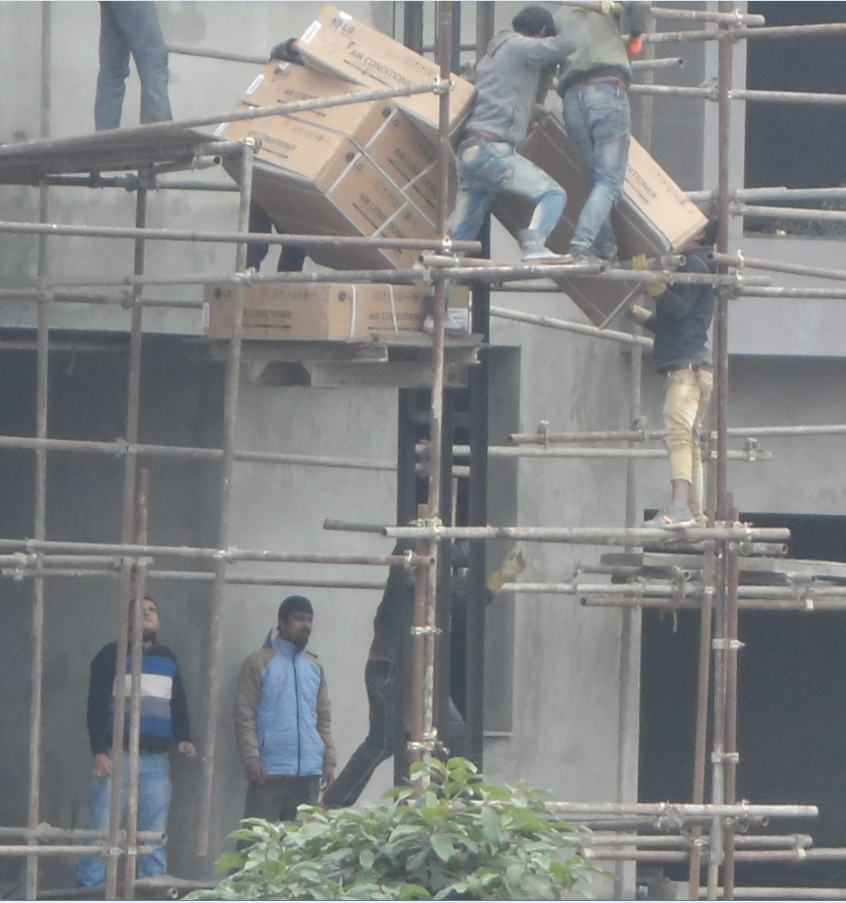
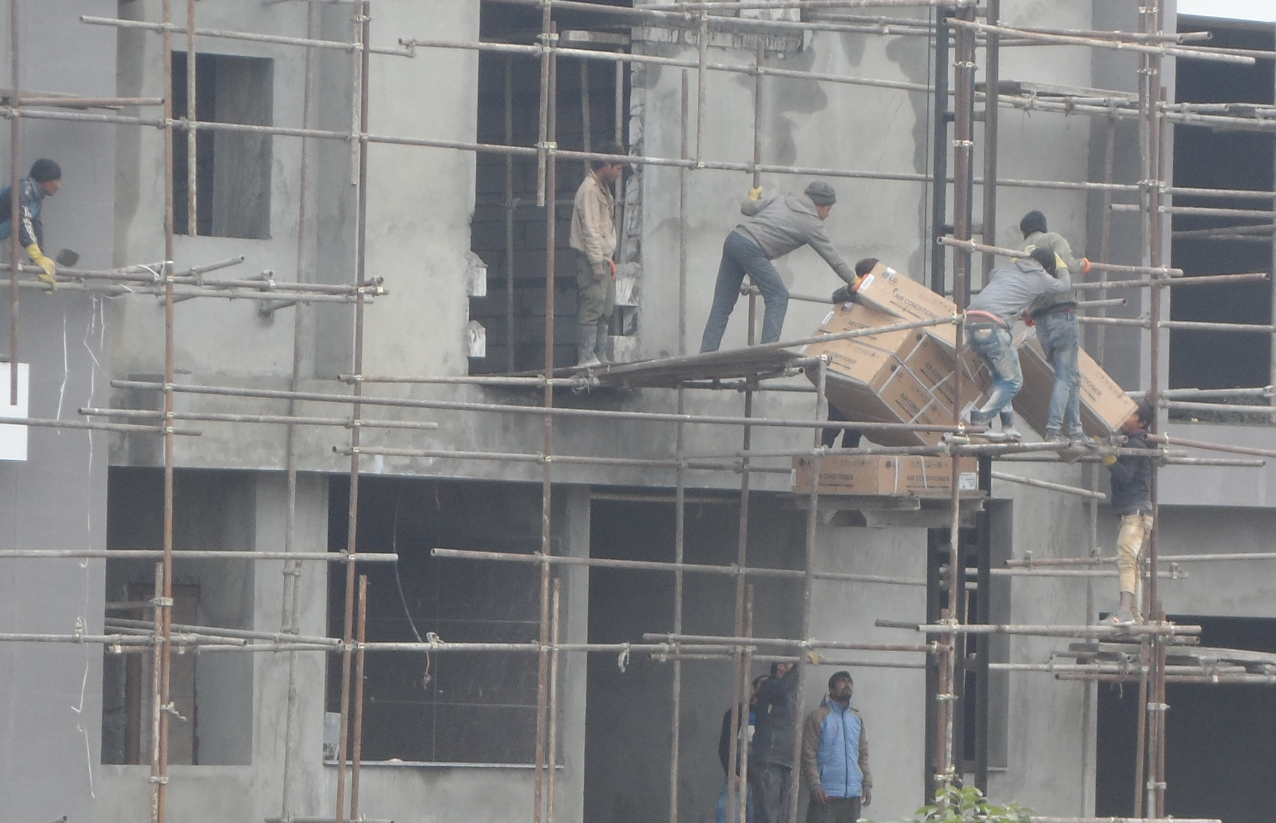
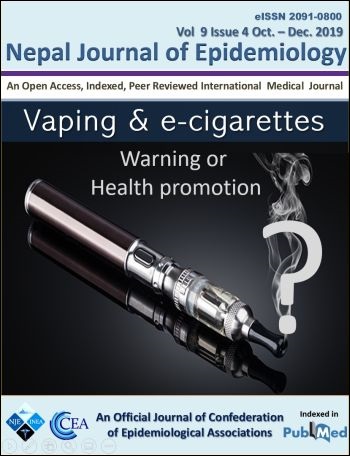
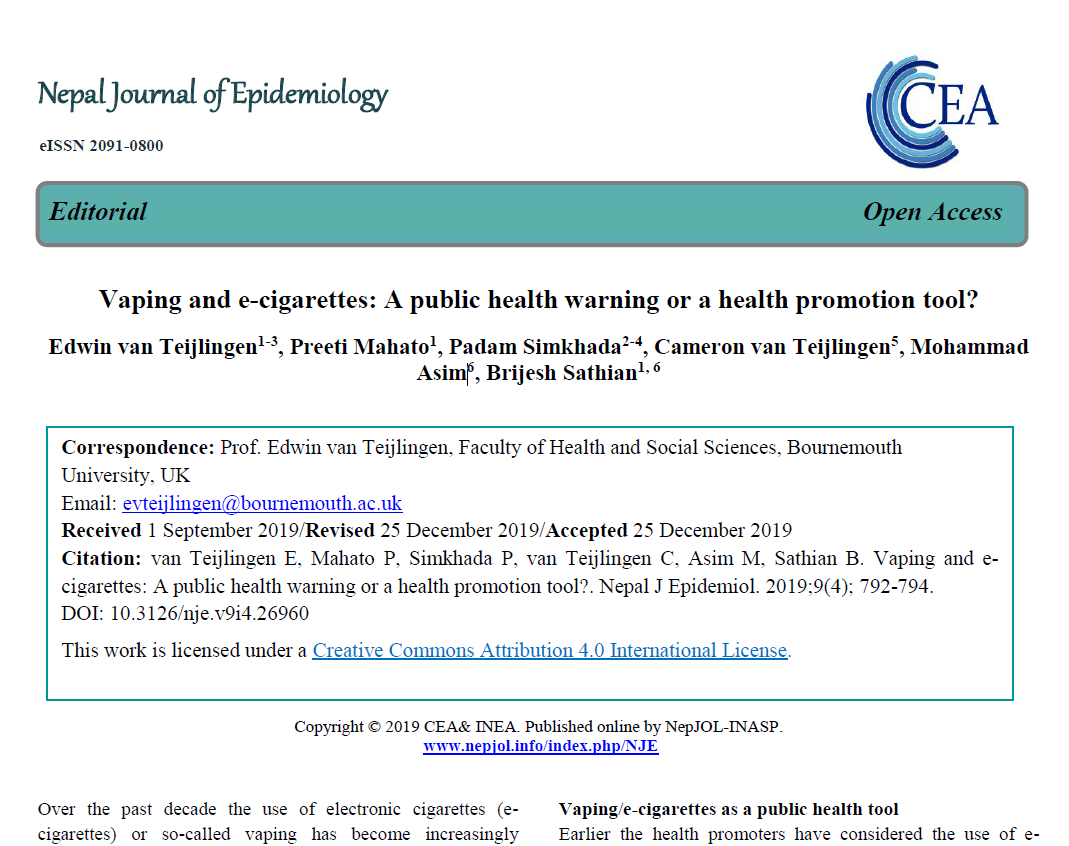

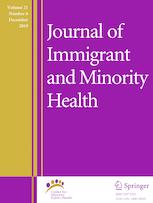
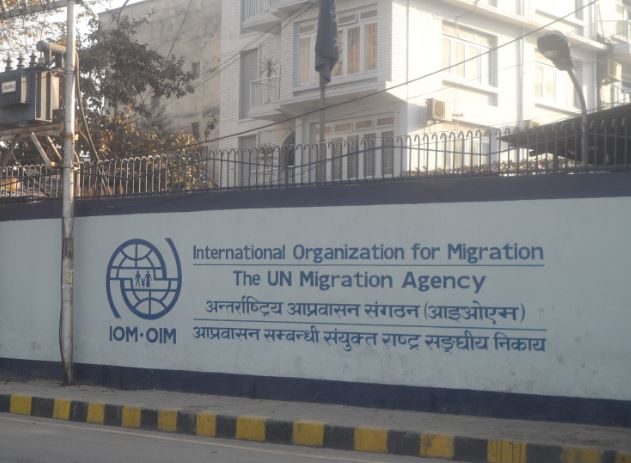
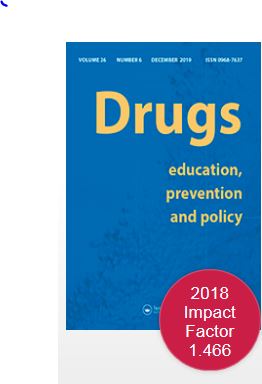
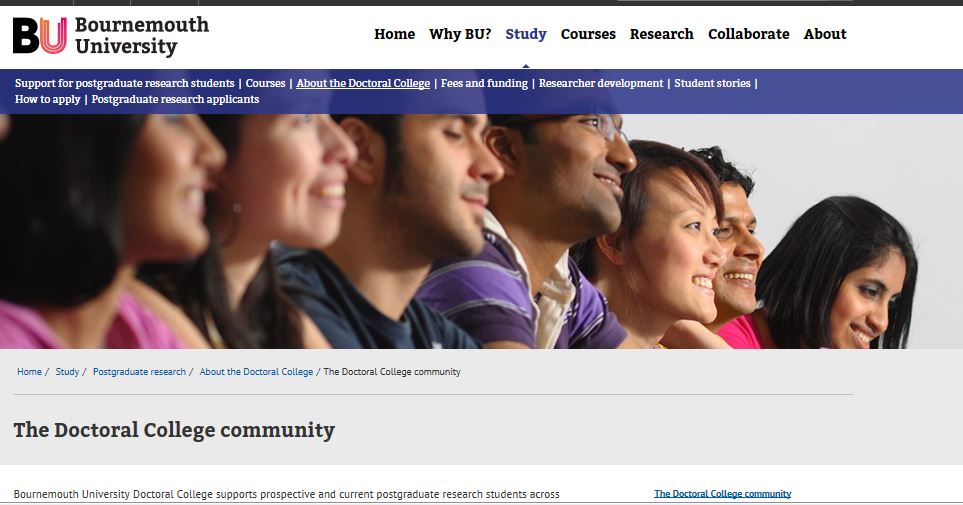
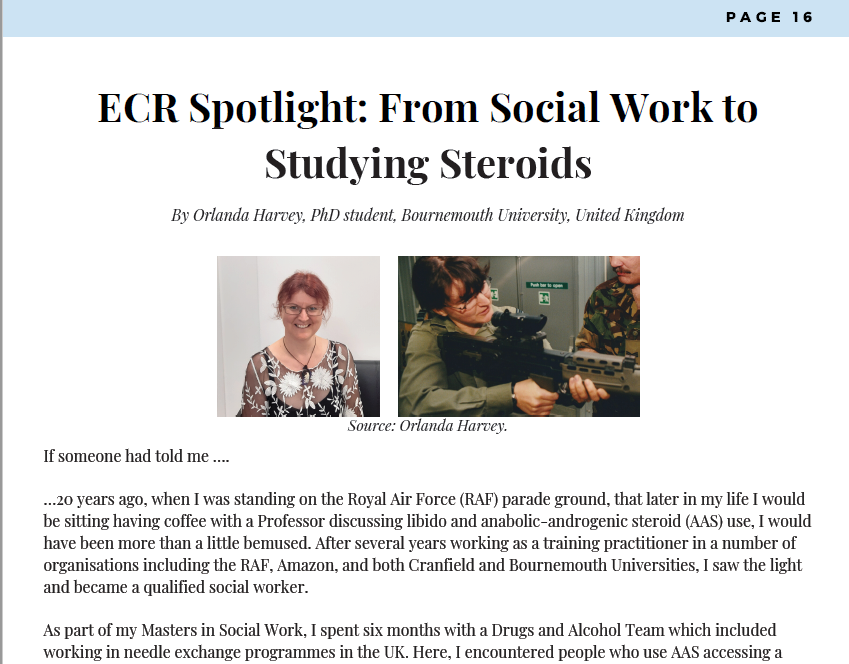
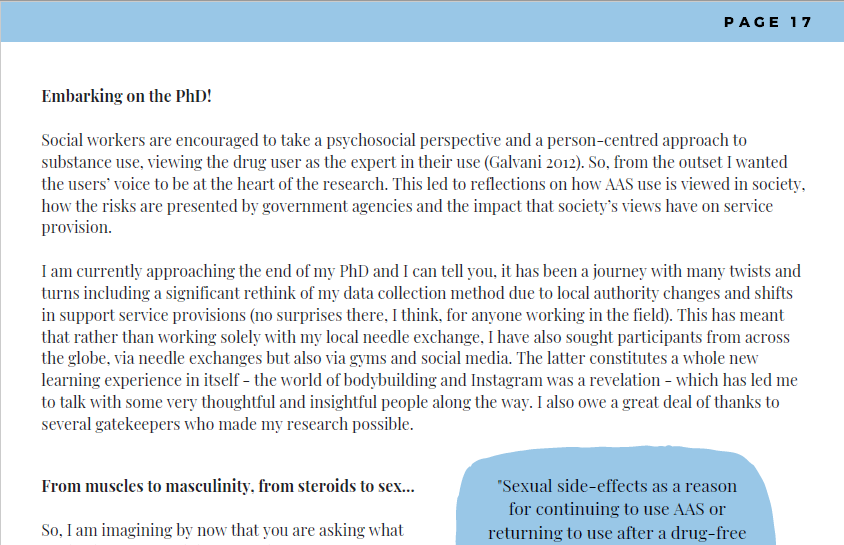
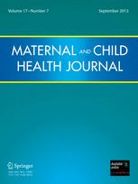
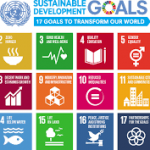
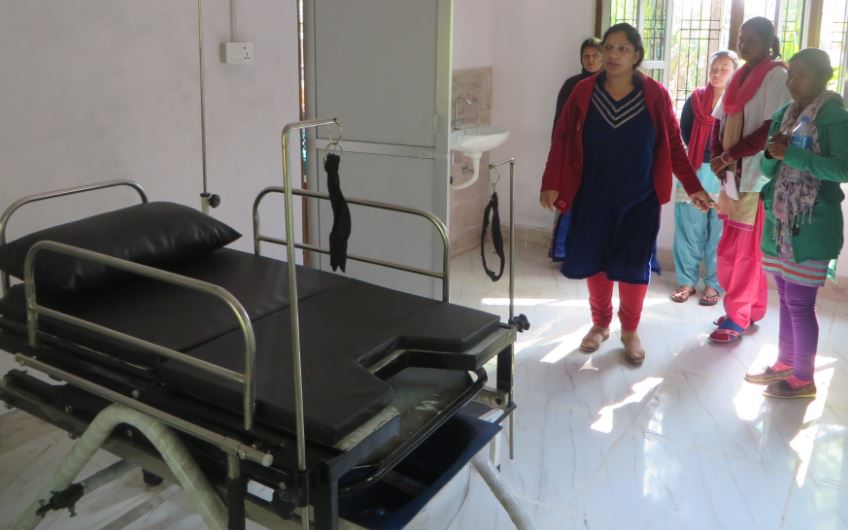





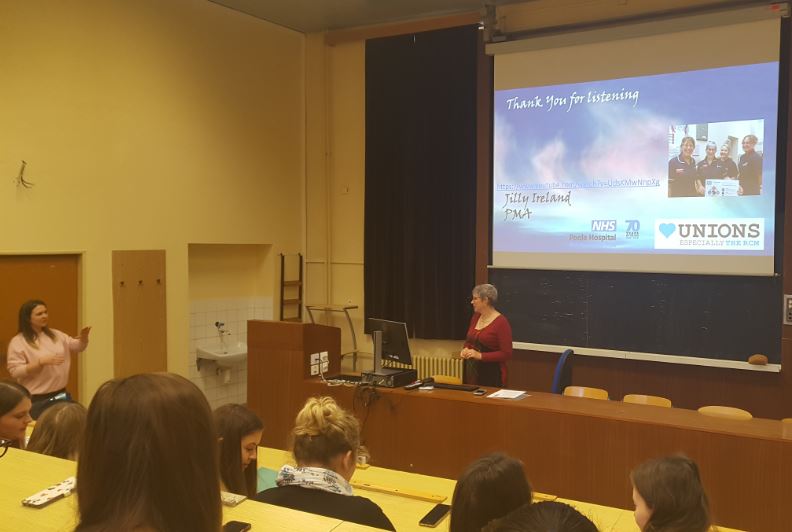
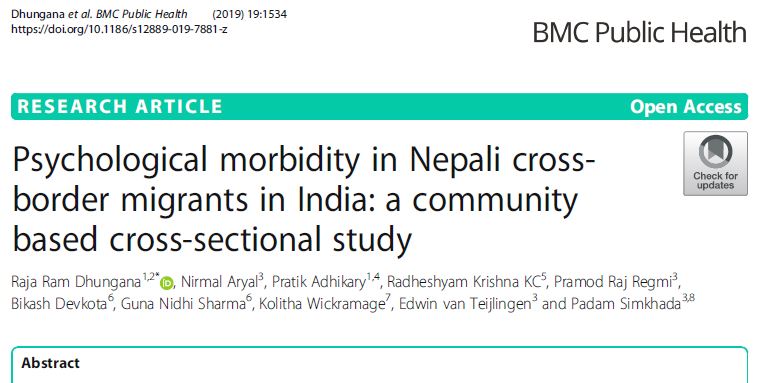




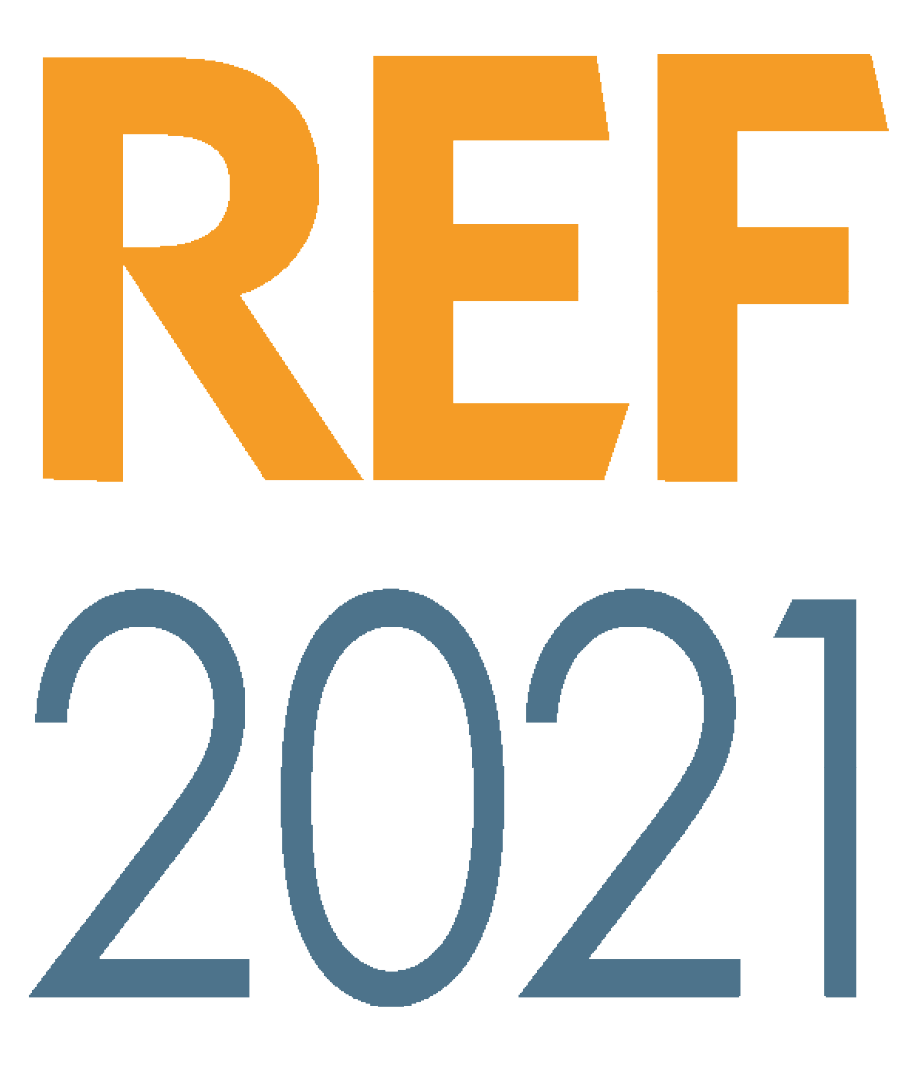
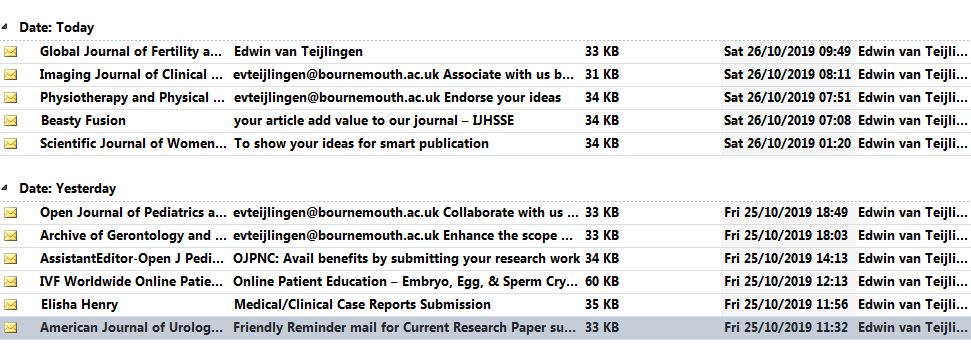












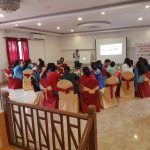 BU academic publishes in online newspaper in Nepal
BU academic publishes in online newspaper in Nepal Final day of the ESRC Festival of Social Science
Final day of the ESRC Festival of Social Science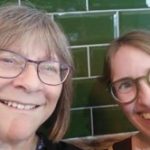 Using Art to enhance Research
Using Art to enhance Research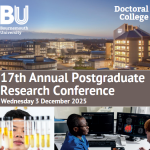 Register now to attend the 17th Annual Postgraduate Research Conference – Wednesday 3 December 2025
Register now to attend the 17th Annual Postgraduate Research Conference – Wednesday 3 December 2025 ECR Funding Open Call: Research Culture & Community Grant – Application Deadline Friday 12 December
ECR Funding Open Call: Research Culture & Community Grant – Application Deadline Friday 12 December MSCA Postdoctoral Fellowships 2025 Call
MSCA Postdoctoral Fellowships 2025 Call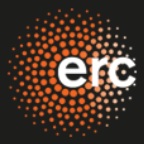 ERC Advanced Grant 2025 Webinar
ERC Advanced Grant 2025 Webinar Horizon Europe Work Programme 2025 Published
Horizon Europe Work Programme 2025 Published Horizon Europe 2025 Work Programme pre-Published
Horizon Europe 2025 Work Programme pre-Published Update on UKRO services
Update on UKRO services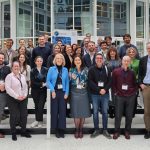 European research project exploring use of ‘virtual twins’ to better manage metabolic associated fatty liver disease
European research project exploring use of ‘virtual twins’ to better manage metabolic associated fatty liver disease